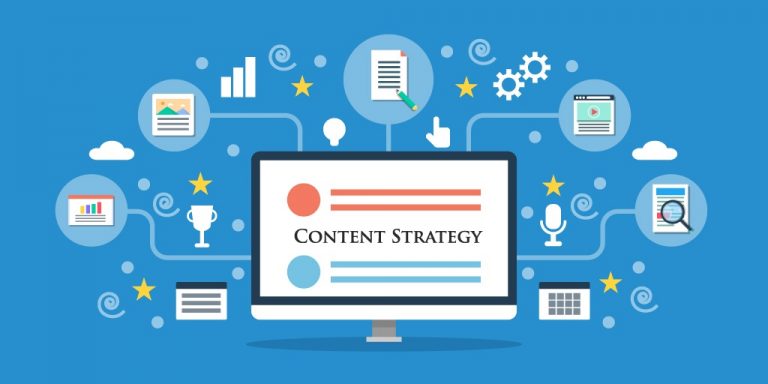Source copied from impactbnd.com for original link click here

Contrary to what you might hear, content is still king in the marketing space.
An effective content marketing strategy can increase your website visitors, engage your buyer personas, and help your company build a following around your thought leadership in an industry.
Still, it’s not as easy as posting a few blogs and landing pages.
You need to be strategic and use data to gain that extra edge.
In order to generate the results you’re looking for from content marketing, you need to know how to measure how your strategy performs.
Luckily, Brandpoint created an infographic to help marketers effectively measure and improve their content marketing strategy.
From the first website visit to contacting sales, Brandpoint gives you tips to engage your persona in each stage of the buyer’s journey.
Take a look at some of the key items to look out for as you evaluate your own content marketing strategy:
When evaluating your content, take a look at your top-of-the-funnel blogs. These are likely geared toward the persona’s pain point; helping them diagnose their issue.
To measure your content in the awareness stage, ask the following questions:
Looking at your middle-of-the-funnel content, you’ll want to evaluate not only how many people are reading your content, but how it’s helping them move on to the next stage of the buyer’s journey.
Content types in the consideration stage can include case studies, eBooks, whitepapers, etc. – anything that can get prospects identify your product as a potential solution to their pain point and become further engaged with your brand.
If you have effective content in this stage, you’ll see the following results:
The ultimate goal of your content marketing efforts should be to turn visitors into customers. Your content strategy, coupled with other marketing tactics, should guide your persona down the sales funnel to complete an action.
If your content strategy is effective in this stage, you’ll see the following results.
To learn more about these metrics, check out the full infographic from Brandpoint below:
